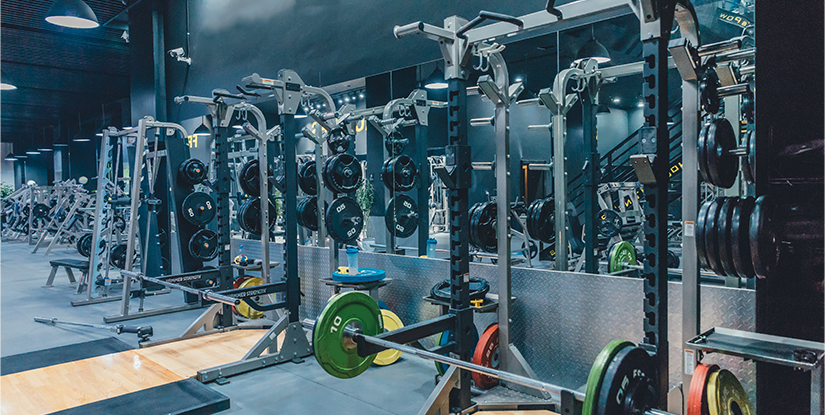Tricep Pull Down Rope — Technique, Benefits & Variations

Overview of the Tricep Pull Down Rope
The tricep pull down rope (also called rope pushdown) is a staple cable exercise that isolates the triceps brachii while offering consistent tension through the full range of motion. It is suitable for beginners and advanced lifters alike, and integrates easily into strength, hypertrophy, and rehabilitation programs.
Muscles Targeted
- Primary: Triceps brachii (long, lateral, and medial heads)
- Secondary: Anconeus, shoulders (stabilization) and core (postural support)
Key Benefits
- Isolated triceps development with controlled tension
- Versatile hand positioning for balanced head activation
- Low spinal loading compared with free-weight presses
- Accessible progression and easy to modify for injury considerations
Setup and Grip
Attach a rope handle to a high pulley on a cable machine. Stand facing the machine with feet shoulder-width apart. Grasp the rope with a neutral grip (palms facing each other) and step back slightly to create tension on the cable. Keep elbows close to your sides and maintain a slight forward lean from the hips.
Step-by-Step Technique
- Starting position: Elbows flexed ~90°, forearms pointing upward, rope ends together at chest height.
- Execution: Extend the elbows, pushing the rope down and outward until arms are fully extended. At the bottom, flare the rope slightly so the rope ends point away from each other to maximize lateral head engagement.
- Return: Control the rope back up to the starting position, maintaining elbow position and resisting momentum.
- Breathing: Exhale during the concentric (pressing down) phase and inhale during the eccentric (return) phase.
Tempo, Sets, and Reps
- Strength: 3–5 sets of 4–6 reps, heavier load, controlled 1–2s concentric, 3–4s eccentric.
- Hypertrophy: 3–4 sets of 8–15 reps, moderate load, 1s concentric, 2–3s eccentric.
- Endurance/Conditioning: 2–3 sets of 15–25 reps, lighter load, steady tempo.
Variations and Progressions
- Single-arm rope pushdown: Addresses imbalances and increases difficulty per limb.
- Reverse-grip rope pushdown: Emphasizes the medial head and requires wrist control.
- Overhead rope extensions (using a low pulley or anchor): Greater stretch on the long head for variety.
- Drop sets, supersets with pressing movements, and tempo manipulation for advanced stimulus.
Common Mistakes and Corrections
- Using body momentum: Fix by reducing weight and bracing the core; keep feet planted.
- Allowing elbows to drift forward: Cue to keep elbows pinned to the sides to maintain triceps emphasis.
- Incomplete range of motion: Ensure full extension and controlled eccentric lowering.
- Rope tension slack at top: Step back slightly so cable stays taut throughout the set.
Programming Tips
Place rope pushdowns at the end of an upper-body or arm-focused session as an isolation finisher. Combine with compound pressing exercises earlier in the workout. For muscle balance, pair with biceps and shoulder work and rotate variations every 4–8 weeks to prevent adaptation.
Equipment Care and Purchase Considerations
- Inspect rope for fraying and replace when worn; use high-quality nylon or braided leather rope for durability.
- Check carabiner and pulley alignment to avoid binding and uneven wear.
- When buying: prioritize rope length (long enough for full extension), comfortable handle thickness, and robust attachment hardware.
Safety and Rehabilitation Notes
For individuals with elbow or wrist issues, reduce load and emphasize range-of-motion control. Consider using a lighter band or single-arm variations under supervision. Discontinue if sharp pain occurs and consult a clinician for persistent symptoms.
Conclusion
The tricep pull down rope is an efficient and adaptable exercise for building triceps size, strength, and definition. Proper setup, controlled technique, and progressive programming make it an essential component of arm training for athletes and general fitness clients.
Frequently Asked Questions
- Q: How often should I train rope pushdowns? A: 2–3 times weekly within an upper-body split.
- Q: Should I flare the rope at the bottom? A: Yes—slight flare improves lateral head activation.
- Q: Can beginners do this exercise? A: Yes—start light and focus on strict form.
- Q: Are bands a good substitute? A: Bands work but change tension curve; use if no cable is available.
- Q: Single-arm or double-arm—what’s better? A: Both—single-arm addresses imbalances, double-arm allows heavier loads.
- Q: What is a common cue to prevent cheating? A: "Elbows fixed, core tight" helps reduce momentum.
- Q: Can it replace dips or close-grip bench? A: It complements them but does not fully replace compound presses.
- Q: How to progress strength on this movement? A: Increase load, add sets, reduce rest, or use slower eccentrics.
- Q: Is wrist position important? A: Yes—neutral grip reduces strain and improves leverage.

